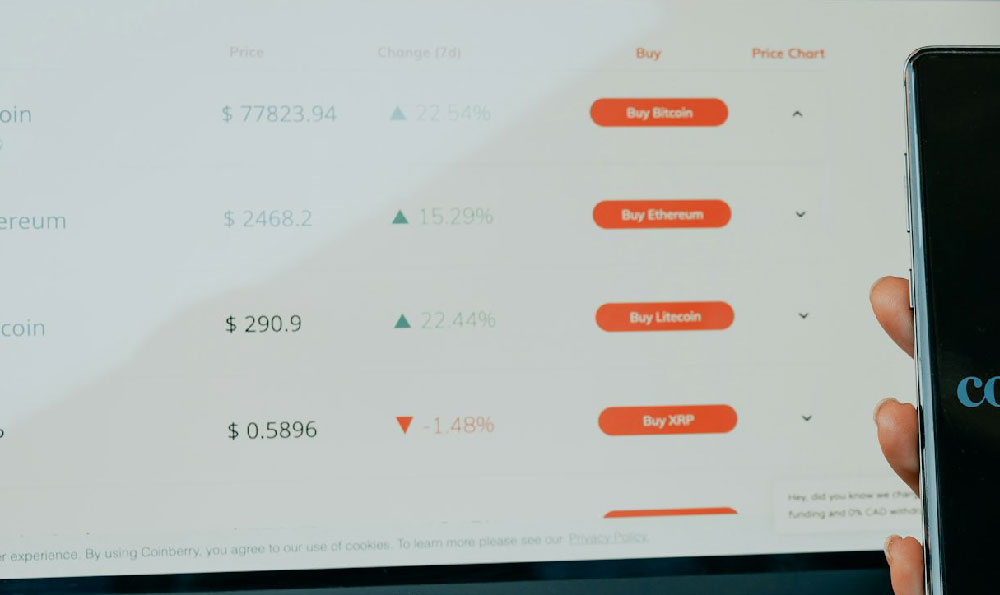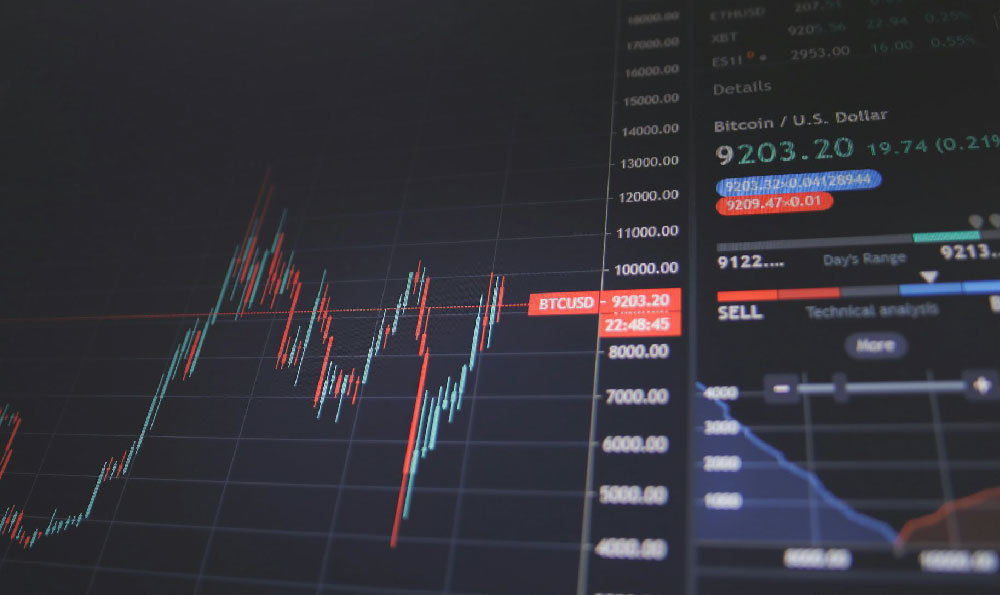The mafia's ability to sustain its operations and amass significant financial resources has long been a subject of fascination and concern, particularly in the context of criminal economies. Unlike legitimate businesses that rely on market demand, innovation, and regulatory compliance, the mafia operates within a shadow system, leveraging coercion, control, and illegal activities to generate income. This complex web of tactics has enabled organized crime groups to thrive for decades, but it also raises critical questions about the ethical and legal implications of such financial strategies. Understanding the mechanisms behind their revenue streams offers insight into the vulnerabilities of criminal organizations, as well as a stark contrast to the principles of ethical investing and wealth management.
At its core, the mafia's income is derived from the exploitation of systemic weaknesses in society, economies, and legal frameworks. Some of their most notorious methods include drug trafficking, extortion, money laundering, and illicit gambling, each of which requires a unique set of operational tactics. For instance, drug trafficking often involves establishing supply chains that bypass traditional legal channels, such as smuggling narcotics across borders, infiltrating legitimate industries to launder money, or creating counterfeit products to evade detection. These activities are not merely about selling illicit goods but also about managing risk through diversified operations, ensuring that the organization does not rely heavily on a single revenue source. The mafia's ability to adapt to changing laws and enforcement strategies has allowed it to maintain profitability even in the face of increased scrutiny.
Extortion, another primary source of income, involves compelling individuals, businesses, or communities to pay protection money through threats or violence. This tactic has historically been used in various regions, particularly in urban centers where the mafia maintains a presence. By creating a climate of fear, they can extract payments without direct competition, often targeting businesses in industries such as construction, retail, or transportation. The financial gains from extortion are substantial, as they provide a steady and predictable income stream. However, this method is inherently unstable, as authorities often target the most visible operatives, forcing the organization to relocate or restructure its operations. The mafia's response to such threats includes engaging in political corruption, bribing officials to avoid prosecution, or relocating operations to jurisdictions with weaker legal enforcement.

Money laundering is a critical component of the mafia's financial strategy, allowing them to integrate illicit funds into the legitimate economy without detection. This process involves multiple layers of transactions, such as funneling proceeds from criminal activities through shell companies, real estate investments, or high-value purchases. By disguising the origins of their wealth, the mafia can fund further operations, invest in legal enterprises, or purchase assets that provide long-term value. The sophistication of these methods has increased over time, with modern mafias utilizing digital currencies and complex financial instruments to evade regulatory oversight. This adaptability underscores the challenges faced by authorities in tracking and dismantling such criminal networks.
The mafia's operations are also characterized by their reliance on human capital, including specially trained operatives, intermediaries, and enforcers. These individuals are often motivated by financial incentives, family ties, or lack of alternative opportunities. The financial structure of the mafia is designed to maintain secrecy, with transactions conducted through encrypted communications, offshore accounts, and informal networks. This opacity makes it difficult for law enforcement agencies to trace the flow of funds and disrupt operations. Additionally, the mafia often engages in strategic partnerships with other criminal groups, creating a multi-faceted approach to maximizing profits while minimizing exposure.
In recent years, the mafia's tactics have evolved in response to technological advancements and globalization. The proliferation of digital platforms has enabled criminal organizations to expand their reach, using online marketplaces to sell illicit goods, cryptocurrency to conduct transactions beyond traditional banking systems, and social media to recruit members or launder money. Meanwhile, globalization has allowed mafias to operate across borders, exploiting differences in legal systems and economic structures to their advantage. For example, some groups have established fronts in developing countries, where regulations are less stringent, to conduct illicit activities with reduced risk.
The financial impact of the mafia's operations extends beyond their immediate revenue. Their activities often destabilize local economies, erode public trust in institutions, and divert resources from productive sectors. The social consequences are equally profound, contributing to violence, corruption, and the marginalization of legitimate businesses. However, the mafia's financial strategies also highlight the importance of risk management, diversification, and operational secrecy—principles that are equally relevant to legitimate wealth management but applied within legal and ethical boundaries.
While the mafia's methods may provide a glimpse into the mechanics of illicit financial systems, they serve as a cautionary tale about the dangers of operating outside the law. Legitimate investors must adhere to transparency, regulatory compliance, and ethical standards to ensure sustainable growth. The contrast between the mafia's illegal tactics and the principles of ethical investing underscores the need for vigilance, informed decision-making, and a commitment to legality in the pursuit of financial success.












